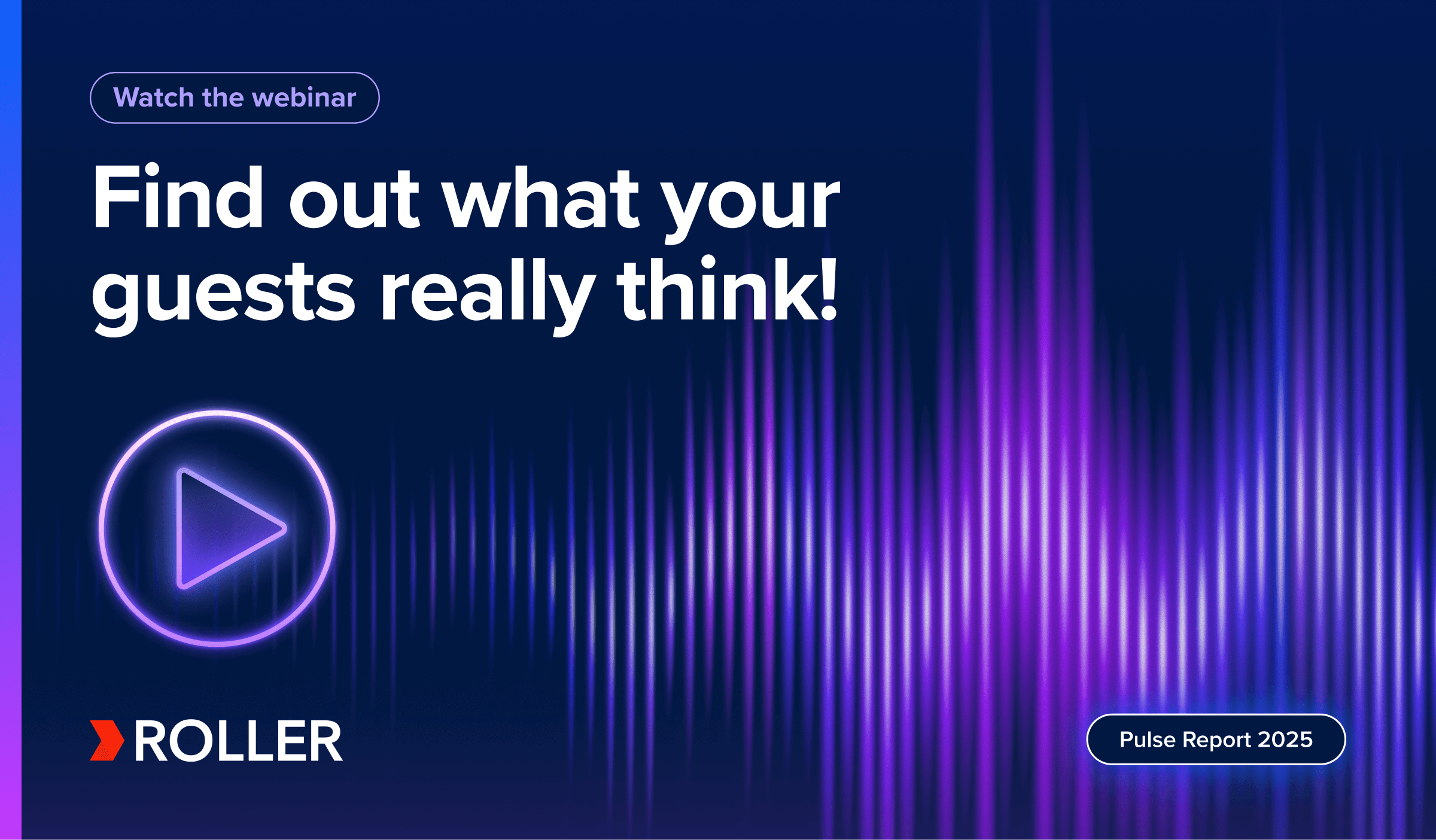What is Customer Experience, User Experience & User Interface?

There is a lot of industry jargon relating to how we interact with technology.
The difference between the Customer Experience (CX), User Experience (UX) and User Interface (UI) is a classic example of this and the terms are often mixed up by users and peer alike. Why is it important? What does it mean? And is it really important to cover all three?
Understanding the role that these terms play in how your customers interact with your product is critical. It can significantly affect how pleasurable an experience your customers have when interacting with your product and brand. This article looks at the three areas in more detail and examines they should be key areas of consideration when buying or building software.
CX stands for Customer Experience. This is the entire customer experience and relationship process from the very first interaction your customer has with your brand; whether a business card, radio advert, sales material, customer service personnel, the product they receive, through to the service and pricing structure.
Customer experience is an overarching umbrella that will either grow and nourish a relationship, or destroy it. This can include a customer’s attraction, awareness, advocacy, purchase and use of your product or service.
Great brands continually examine and rework every aspect of their product, sales materials, team, marketing and processes to ensure the customer experience received is exactly in-line with the brand, ethos and what they are trying to achieve.
How to remember CX: It encompasses the experience of your entire brand.
UX stands for User Experience and usually describes how the end customer interacts with your product or service, and if it is a positive interaction or not.
The purpose of UX driven design is to ensure that you take into account the needs of the end user and to try to anticipate what they want to see, how they wish to take action and how easy it is to move from one task to the next, to name a few examples.
A UX designer’s key role is to design a product or service that can solve a user’s problems through a pleasant and positive experience.
The definition by Kuniavsky, 2010, defines UX parameters as effectiveness, efficiency, emotional, and quality of the relationship/interactions between you (the customer) and us (the person making the product).
At ROLLER we spend considerable time researching to ensure the end product is organically reflective of how the average person would try to complete the task if we weren’t available. Intuitive design creates great UX.
How to remember UX: it is primarily concerned with the experience a customer receives when using your brand, product or service. Essentially how they feel using it.
UI stands for User Interface (design) and is any interaction point that your technology has with the end-user; this can be via buttons, forms and fields. Ensuring the buttons are well formed, colored appropriately and the space provided in forms is adequate for a consumer’s needs, all fall under UI.
Both UI and UX are integral to each other, UI provides a framework for UX to dress up and feel good. Like bones, muscle and skin we require all three to build a complete solution. UI relates to both internal and external processes and systems.
Why does this all matter?
Take the example of booking movie tickets online. It’s easy, saves you time, you find it helpful to buy your popcorn upfront, the theater, times and dates are easy to find and navigate.
But, when you arrive at the theater, parking is overcrowded, there is a huge line to get into the cinema and they have double booked your seats. The UI and UX may have been fantastic and well done to the digital team that developed them, but the customer service and operations teams have fallen down, so your overall CX has dropped.
This example is one of the reasons ROLLER was developed. A combination of poor user experience, lack of personalized service and inadequate tools for businesses to accomplish excellence, the ticketing process is limiting for the customer, data is not passed to the floor staff so service is lacking intelligence or the back-end operational software is so antiquated and clunky, staff simply can’t use it. At ROLLER the above key terms play an important roles in building a functional product that is powerful, sleek, very intuitive and a delight to use.
We all want to convert users into customers and customers into brand advocates; and with a combination of UI +UX +CX, businesses can attain transformation. Are you utilizing all three in your business?
Related articles


2025 Pulse Report Webinar: Operators Unpack the Guest Insights

Indoor Playground Software Buyer’s Guide: How to Compare POS Systems and More
Enhance your guest experience
Get free education, tips and inspiration to help you run a successful venue.
